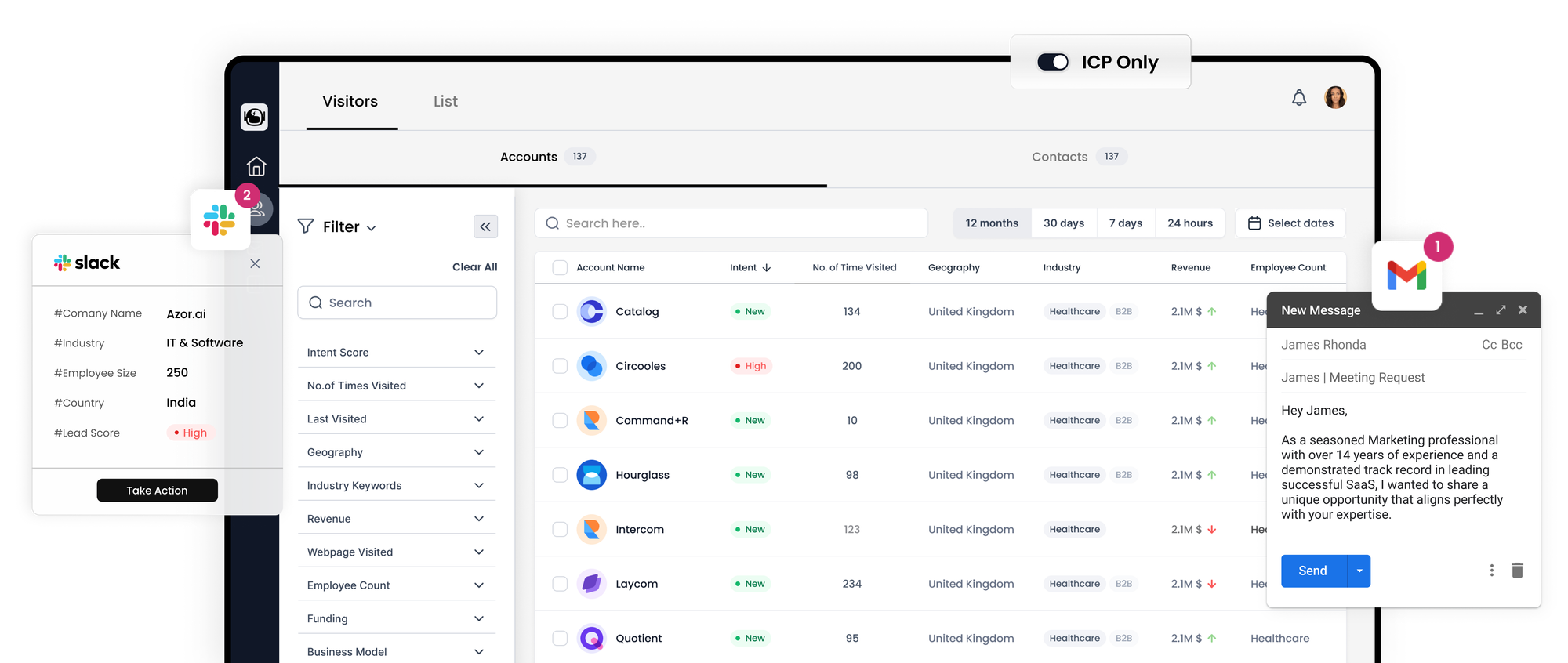Crafting an Effective Annual B2B Marketing Plan: A Detailed Breakdown

In today's complex and competitive marketing landscape, it's imperative to have control over your customer's experience to achieve effective results. B2B buyers are inundated with options, and their demands are clear: they seek relevant information delivered through a personalized and coordinated decision-making process. Failing to meet these expectations may result in them taking their business elsewhere. To create a successful annual B2B marketing plan, it's essential to go beyond tactical initiatives and establish an overarching strategy centered on your customers' value journeys and your business needs.

In this comprehensive guide, we outline seven crucial steps for building a strategic and effective B2B marketing plan:
1. Analyze Your Company's Market Position
- Before diving into your marketing plan, take time to evaluate your current standing in the market. This involves assessing three key aspects: your company, competitors, and the business environment.
- Examine your company's recent developments, products, and organizational changes. Define your business goals, identify past successes, and recognize areas that require attention.
- Analyze your competitors' strengths, weaknesses, product offerings, and marketing strategies. Identify gaps and opportunities in their approach.
- Evaluate the market climate by examining trends, assessing your reputation, and pinpointing areas where you can enhance your market position.
- Conducting a SWOT analysis is a foundational step that helps define your strengths, weaknesses, opportunities, and threats within the market context.
2. Define Your Buyer Audience
- If you already have buyer personas, it's advisable to revisit and refine them. If not, it's crucial to create them.
- Collaborate with your sales team during this process as they can provide valuable insights into buyer personas and other planning steps.
- Develop Customer Avatars for different key audience members. These avatars should encompass various details that influence their decision-making processes.
- Consider factors such as their challenges, goals, influencers, and current positions. Determine what transformation your product or service can bring to their lives.
3. Define the Customer Value Journey
- Documenting the Customer Value Journey is a pivotal step in crafting a successful marketing strategy.
- The Customer Value Journey outlines a predictable sequence of customer interactions with your products and services. It offers a framework for converting prospects into high-value customers and advocates.
- Modeled after human relationships, this journey incorporates additional steps beyond the traditional marketing funnel, leading to more natural interactions and aligning organizational and customer interests.
- It helps you identify gaps and opportunities in reaching prospects, allowing you to meet their needs through the right channels and information.
4. Set SMART Goals
- With the Customer Value Journey defined, establish SMART (Specific, Measurable, Attainable, Relevant, Time-bound) goals that align with specific stages of the journey.
- SMART goals provide clarity and direction, such as aiming to increase sales qualified leads by a certain percentage within a set timeframe.
- These goals ensure that your marketing efforts have a clear purpose and can be measured for ROI.
5. Identify Tactics to Achieve Strategic Goals
- The core purpose of a marketing plan is to attract more prospects, convert leads, close sales, and cultivate advocates. To achieve these goals, select, implement, and integrate appropriate tactics.
- Tactics fall into four primary categories: attracting prospects, creating engagement, converting leads, and creating advocates.
- Examples of tactics within these categories include content marketing, social media advertising, video production, conversion rate optimization, email marketing, and public relations.
- Choosing the right tactics requires a balance of art and science, considering both fundamental strategies and innovative approaches.
6. Establish Measurement (KPIs)
- Determine key performance indicators (KPIs) that offer insights into the effectiveness of your tactics, campaigns, and overall marketing efforts.
- Focus on a select set of actionable metrics to gauge performance accurately.
- Measure the impact of activities against your defined goals to ensure accountability and ROI.
7. Set Your Budget
- Determine your budget before finalizing your marketing plan and prioritize activities accordingly.
- Categorize tactics by importance and impact, allowing you to allocate resources effectively.
- Estimate budgets for each tactic, considering factors like internal resources, external specialists, and media costs.
- Your marketing plan should serve as a clear and communicative framework that outlines your strategy, addresses opportunities identified through SWOT analysis, sets achievable goals, defines tactics, and establishes a measurement framework to gauge success.
By following these seven steps meticulously, you'll position your B2B marketing plan for success.
